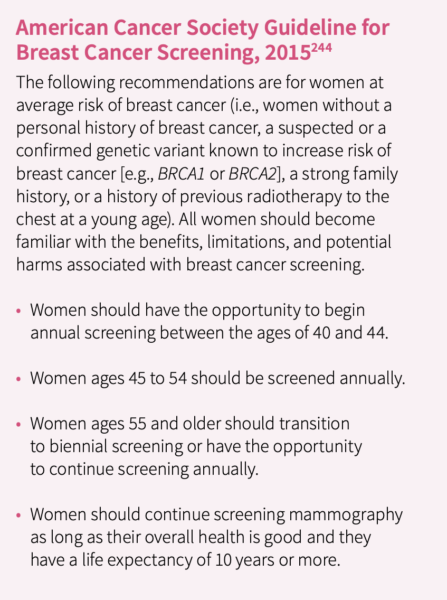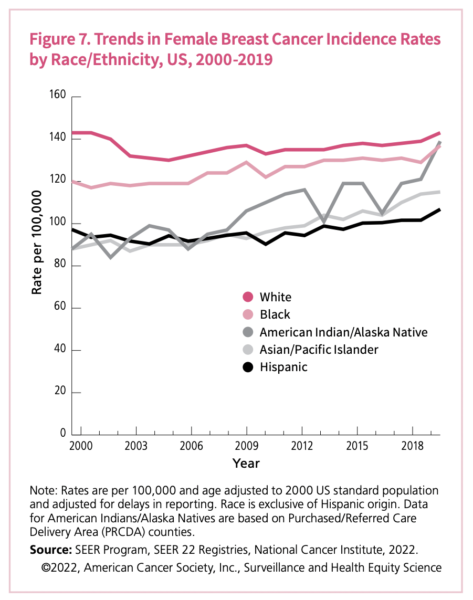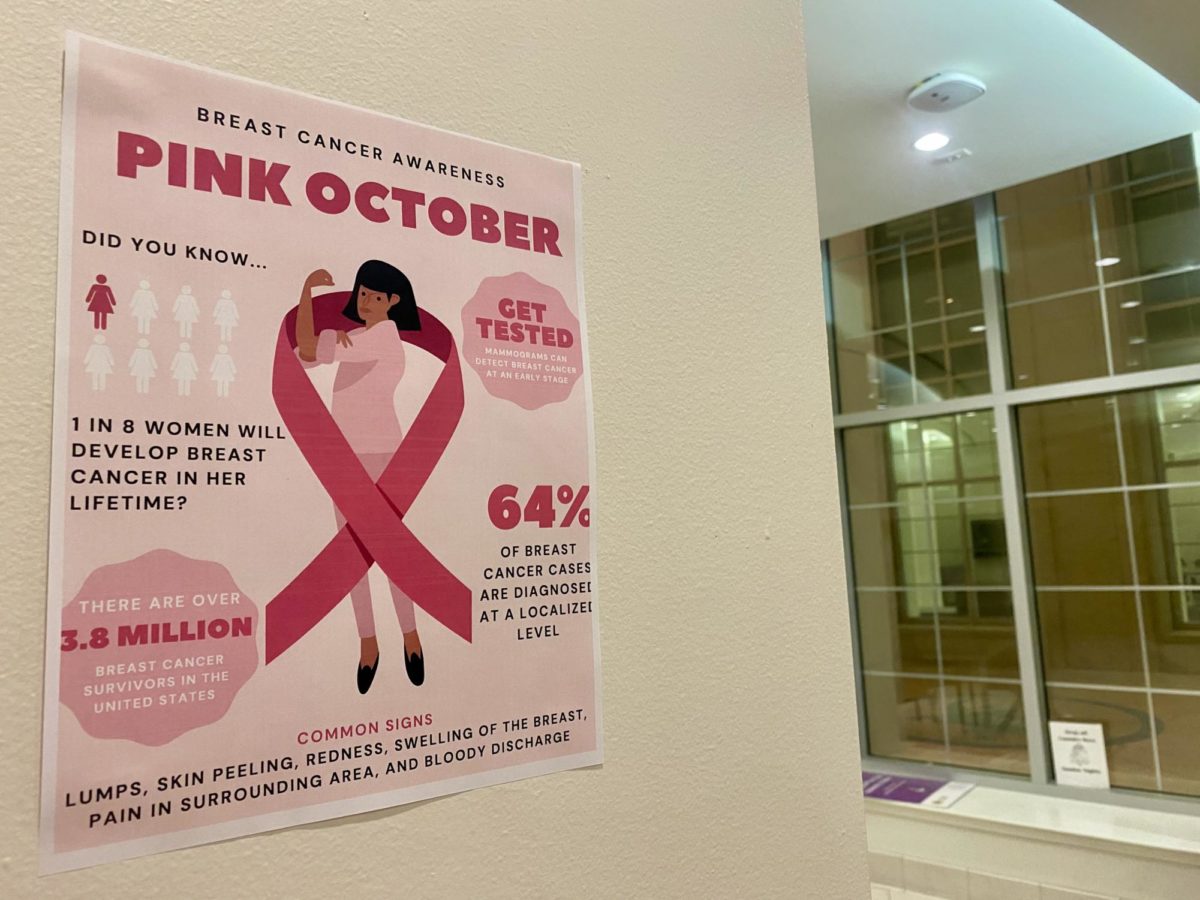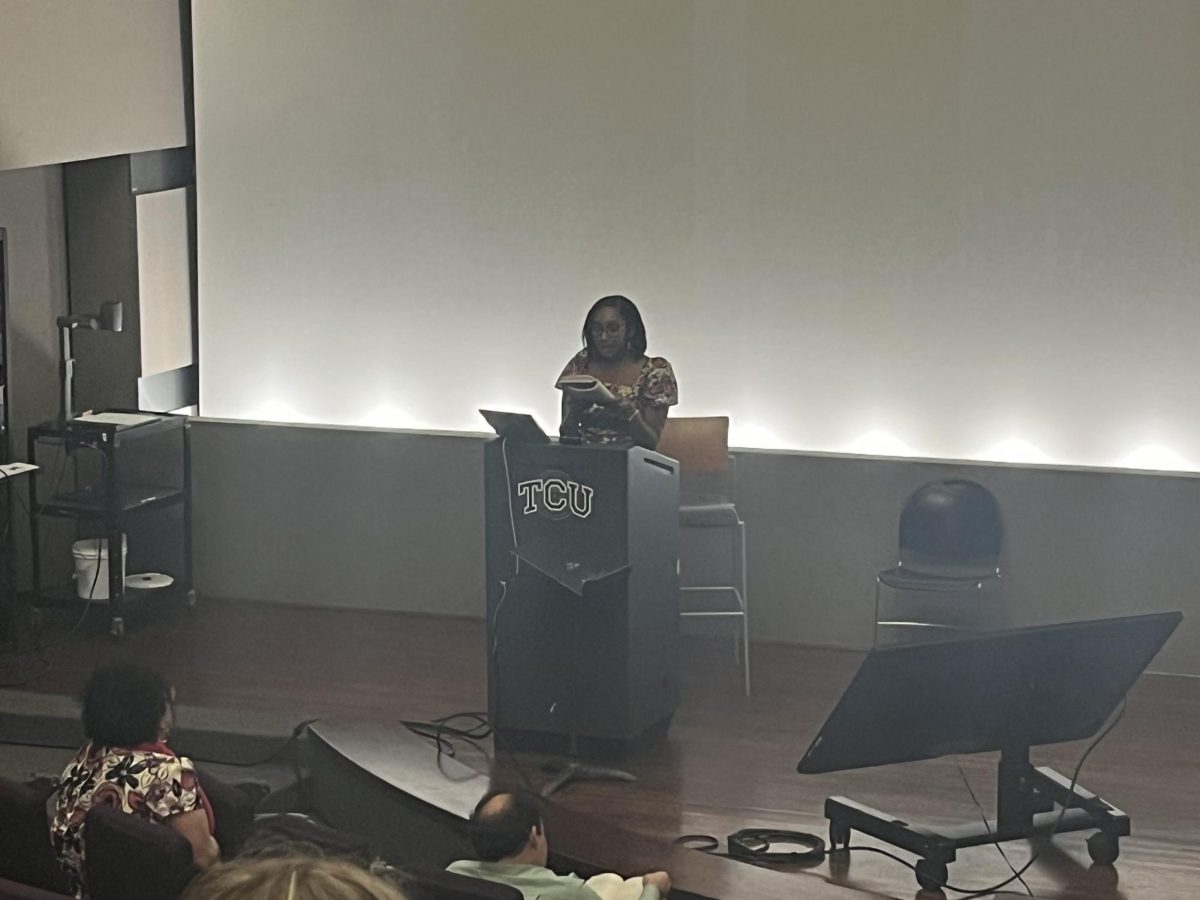October is National Breast Cancer Awareness Month. As students start to grow into adults it is important to be aware of potential health risks you might not be thinking about.
Many women don’t realize they have breast cancer until later stages, so it’s important to become educated on the risks of breast cancer that vary from body type to financial classification.

When should I get tested?
According to the National Breast Cancer Foundation, one in eight women in the United States will be diagnosed with breast cancer during their lifetime. Invasive breast cancer is expected to affect 297,790 women and 2,800 men this year.
Breast cancer screening is an early detection method doctors have curated. A mammography is an x-ray image of breast tissue, which is crucial in finding the possibility of a developing tumor.
“Patients that are genetically at risk for breast cancer should start getting a mammogram 10 years before the age that the person in their family developed the cancer,” Teresa Stepanski, the health manager at Texas Health Southwest Breast Care Center, said.
Does race/ethnicity matter?

Black and white women have experienced strikingly different mortality trends since the early 1980s as a result of advances in breast cancer early detection and treatment.
“If a patient has genetic mutations and is at high risk, it is crucial to conduct MRIs additionally after the mammogram screening,” said Stepanski.
Systemic racism and its impact on social determinants of health, such as health insurance coverage, contribute to these inequities due to less access to high-quality health care across the cancer continuum, from prevention to treatment.
Despite similar national screening rates for white and Black women, Black women receive mammograms at fewer non-accredited facilities, and their abnormal mammogram results are followed up at longer intervals than white women.
As breast cancer treatment improved, recent statistics indicate that the breast cancer death rate for Black women was 40% higher than that for white women during a recent period, according to the 2022-2024 Breast Cancer Facts & Figures.








